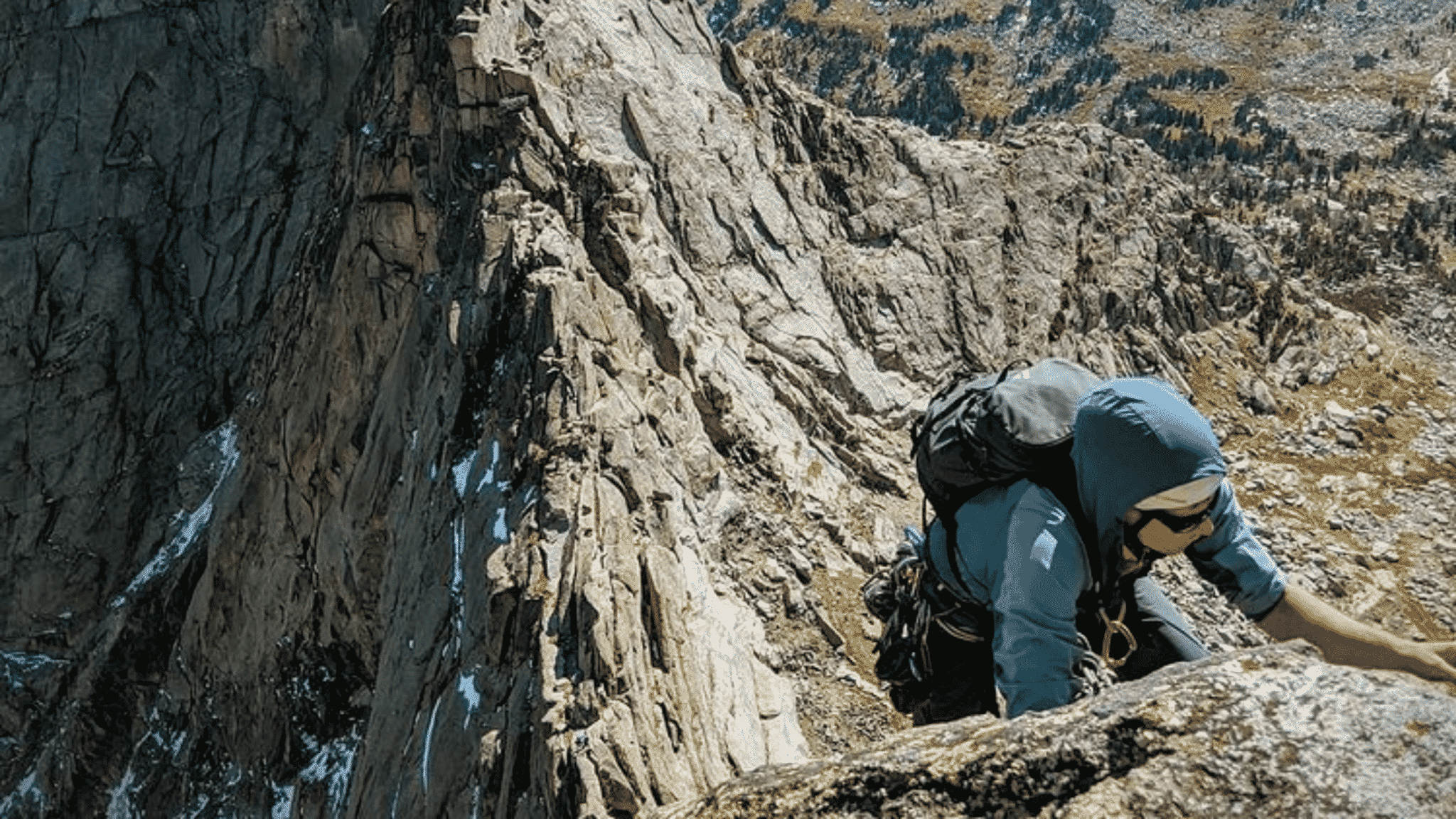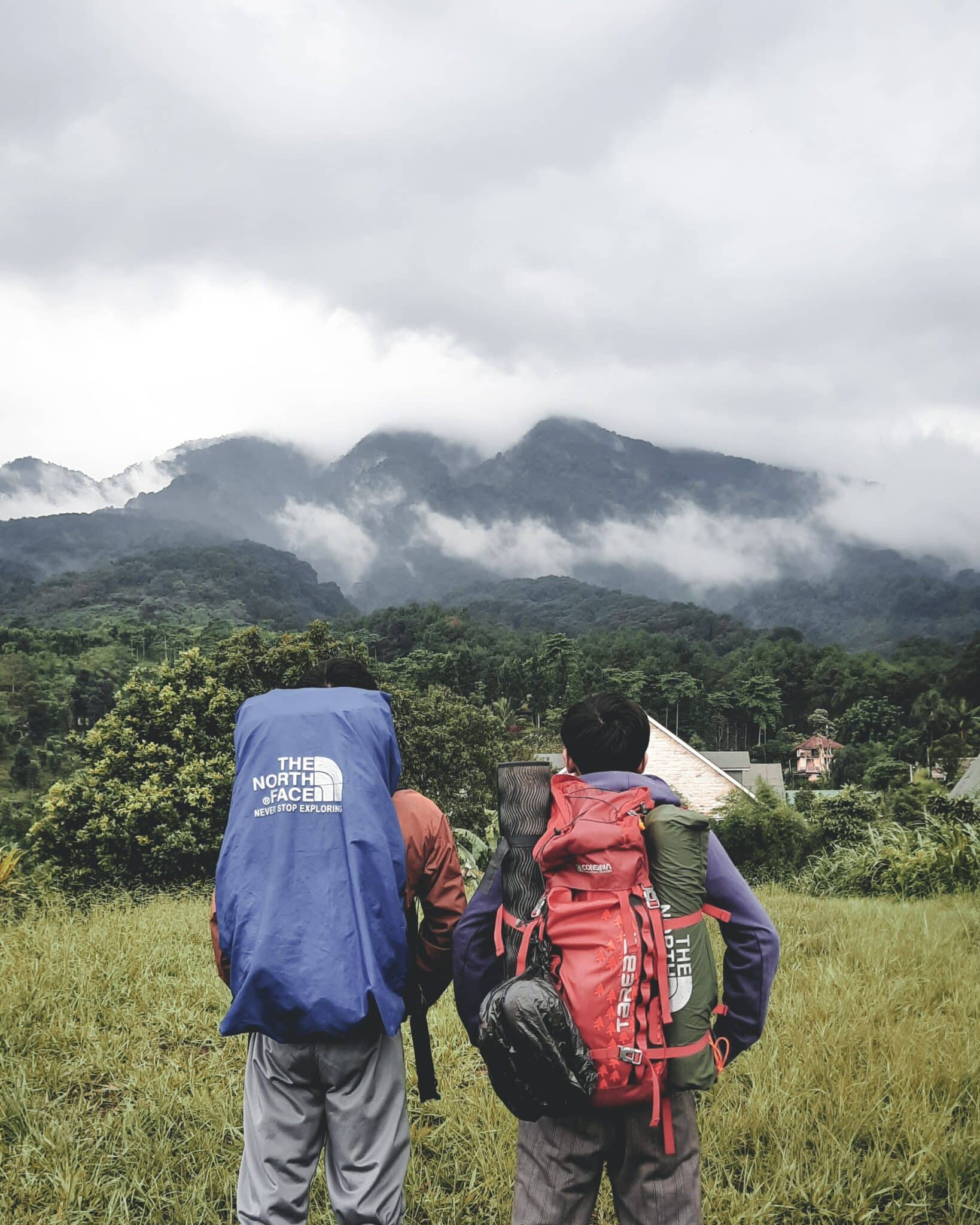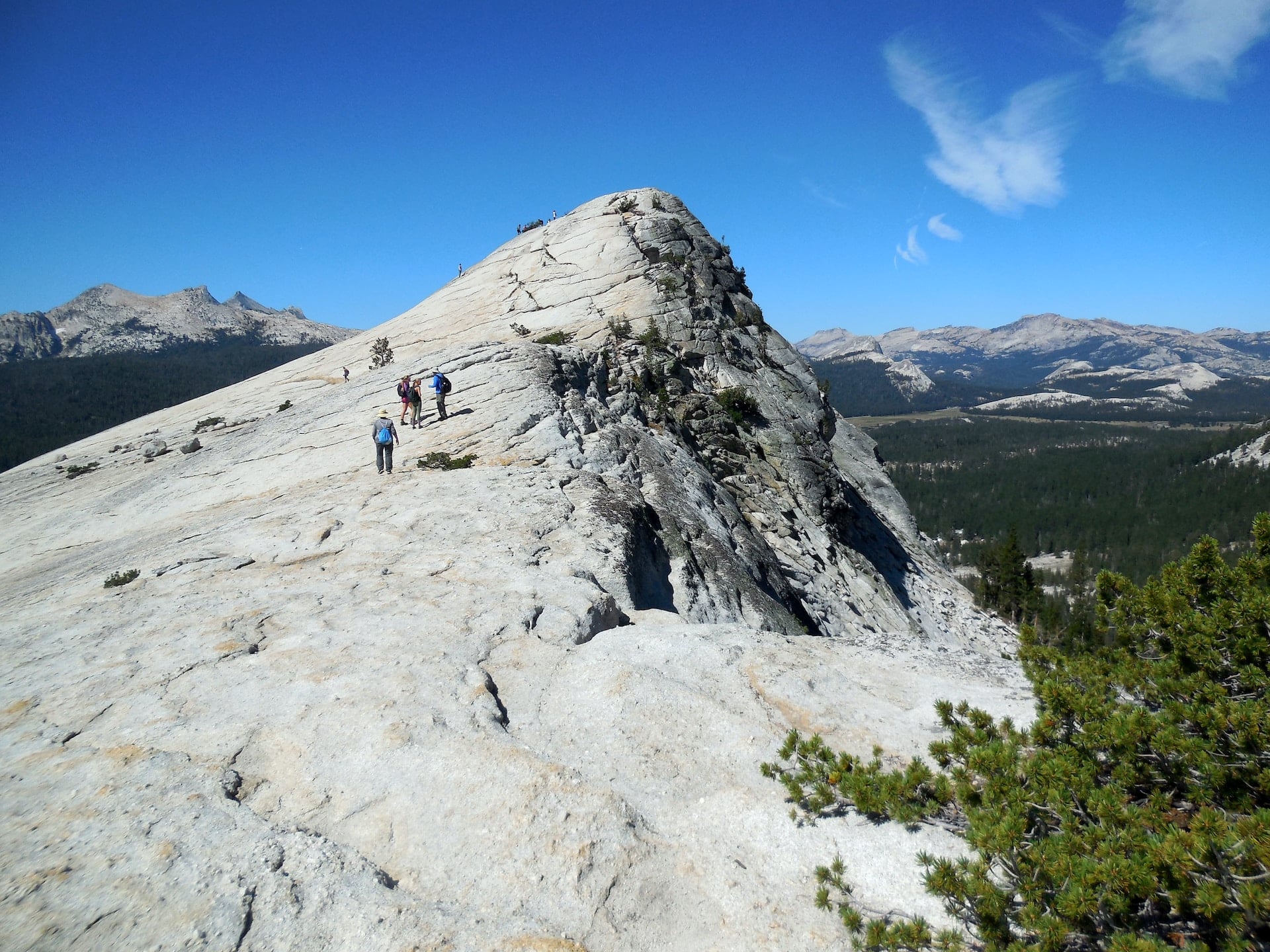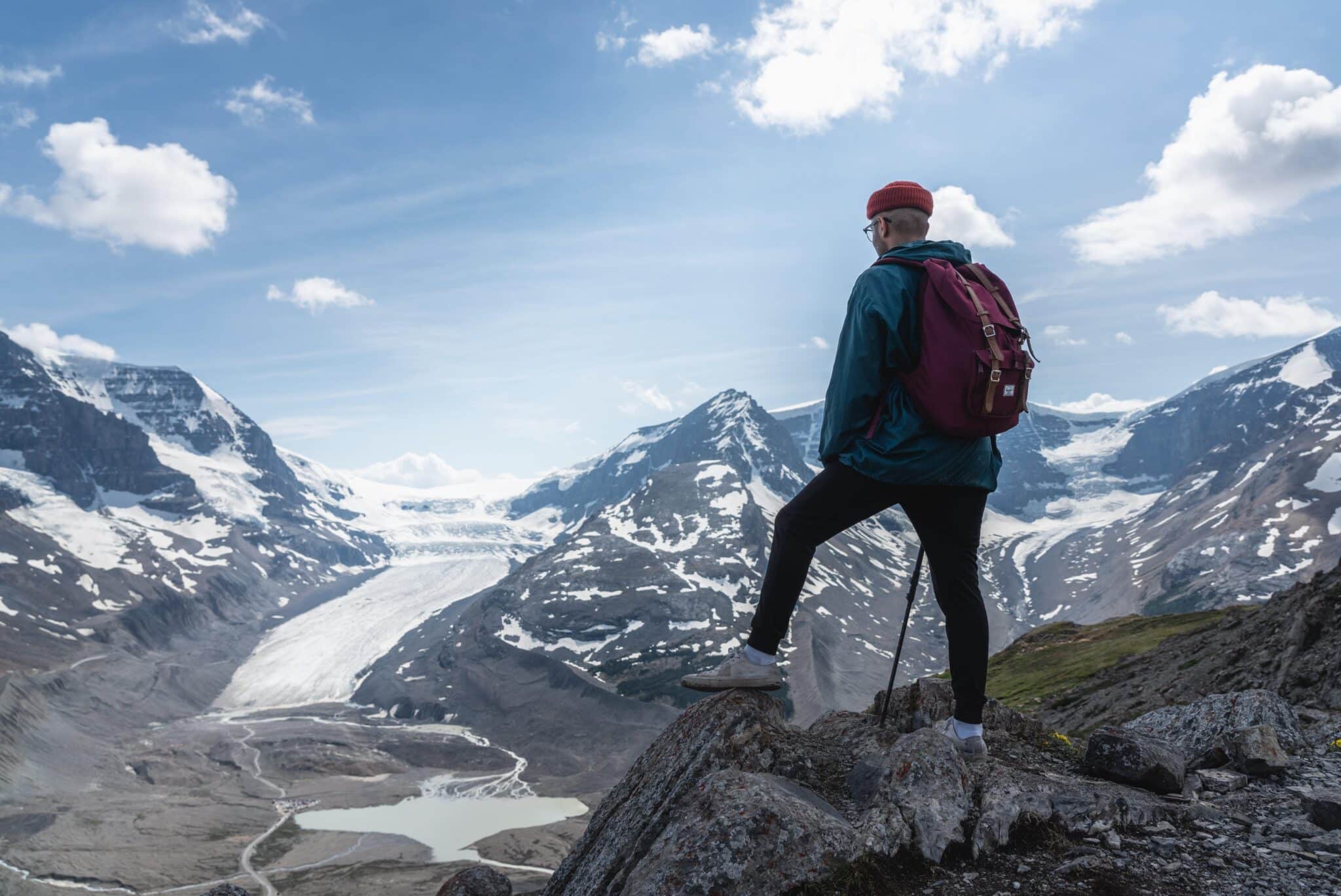“I realized guiding was another path in the industry and a blend of passion, sense of purpose, and being in nature,” said Jeff when we asked him why he wanted to become a guide. Smile Mountain Guides was founded on trust, caring, and respect for climbing. It’s a small but mighty team and we got the chance to hear from Meg, Michael, and Jeff about their experiences as guides.
Why did you want to become a guide?
Michael:
I think at first it was seeing a lot of the people I looked up to in the climbing community working as guides, then it was the training and certification process that intrigued me. It was so involved and required a ton of experience that I did not have early in my climbing career but motivated me to work towards it.
Jeff:
When I started climbing, guiding wasn’t prevalent. The East coast offers many fantastic climbing venues, so I was consumed by climbing and my career in the industry was setting. As I moved through the climbing world, I found connections with people through teaching in climbing gyms, and many mentors I looked up to had at one point or were currently working in the “field”.
Through a sense or perhaps yearning to be more outside and the feeling I had when being around people, coupled with the motivation to be like my mentors, I realized guiding was another path in the industry and a blend of passion, sense of purpose, and being in nature.
How did you become a guide? What kind of courses and certifications did you obtain? Did you do an apprenticeship with another guide? How long did it take you?
Michael:
My first guiding job was working for a climbing summer camp in Maryland in 2010. I needed a top rope certification and at the time Maryland had its own certification called the “Instructor Development Seminar.” This involved a 3-day course followed by a 1-day exam.
Similar to the AMGA Single Pitch Instructor program but not quite as robust. I don’t remember when, but it must have been shortly after that summer I learned about the AMGA and started looking at what they offered and also learned about the IFMGA and the 3 disciplines that an American guide could get certified in. Rock, Alpine, and Ski.
The AMGA has two different program tracks, The Guide Track which involves the 3 different disciplines in which you can obtain certification, and the Instructor Track which now has 4 different certifications (Climbing Wall Instructor, Single Pitch Instructor, Multipitch Instructor, and Ice Instructor).
Being that rock climbing was my passion I started looking at the Rock Guide program. At first, I was very overwhelmed by the amount of experience required as well as the level at which you were expected to climb in order to pass the exam. So I set my eyes on the much less overwhelming (to me at the time) Single Pitch Instructor program involving a 3-day course and a 2-day exam instead of the 19 days of course work, and a 6-day exam that the Rock Guide Certification required.
By 2012 I had gained a lot more experience in my personal climbing, I was working for the outdoor school at the climbing gym I was working at, and I had completed the Single Pitch Instructor Course, I felt a lot more confident applying for the first program of the Rock Guide track. Initially, I was registered for the RGC in North Conway in 2013 but ended up moving to California and transferring my course to Joshua Tree in the fall of 2014.
I was extremely motivated to complete the Rock Guide Certification at that time and was able to finish the Rock Guide Exam in the spring of 2016. It took about 17 months to complete the Rock Guide program.
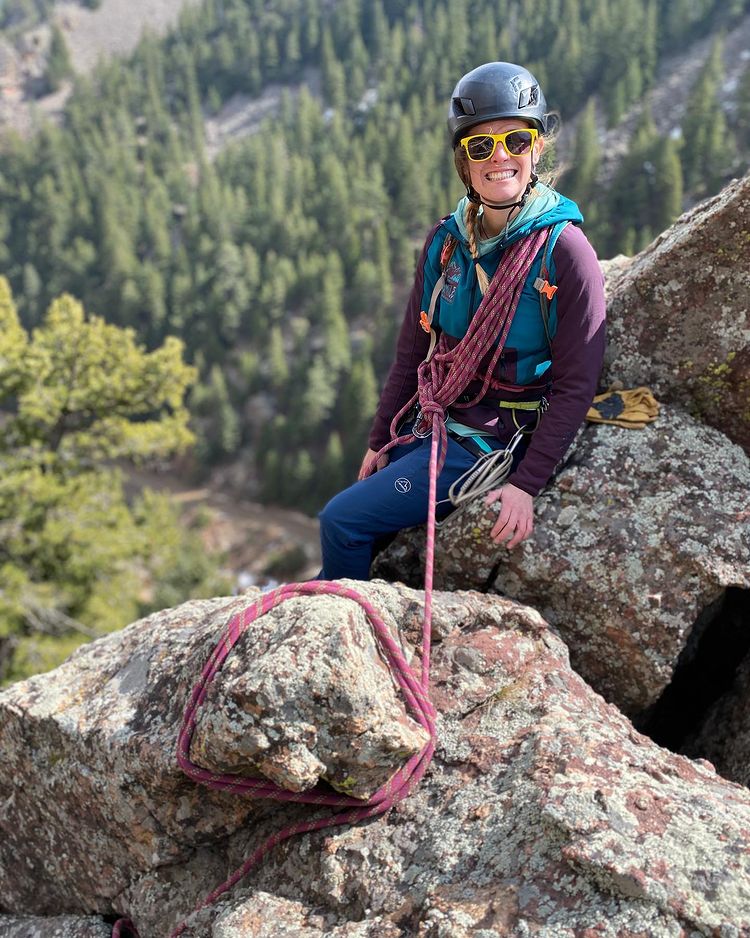
What kind of job opportunities are out there for guides? How can aspiring guides gain experience?
Meg:
Guiding, instruction, ranger, coach, forecaster, access advocate. The best way to gain experience is to set personal goals, get outside, and enjoy the process.
Michael:
Climbing is getting more popular every year and the industry needs more qualified guides out in the field. It seems like the most common guiding work is in single pitch terrain and folks looking to become guides should focus on this area first.
Having a Single Pitch Instructor Certification is a great way to get your foot in the door with guide companies. Opportunities will range depending on the guide’s experience and level of certification. At the upper end of the industry, guides are traveling the world with their clients climbing and skiing some of the most iconic objectives in the world.
Newer guides typically start out in the single pitch environment, teaching kids, and beginner climbers, working summer camps, etc. I think one of the best ways to gain experience as a guide is to seek out mentorship from someone working in the terrain or job that the individual is pursuing.
How competitive is it to get hired by a guiding company?
Meg:
Different regions of the US are more competitive than others.
Michael:
From my personal experience, certification goes a long way. It would be pretty easy now to go anywhere in the country and get work with a guide company. Without certification, it seems much harder. You have to know the people at the guide company or have some connection to them, or some really good references.
What’s your favorite part of the job?
Meg:
Spending time with guests, making connections, and learning about their experiences and goals!
Michael:
I love meeting new people and showing them how amazing the mountains can be. There is nothing better than getting back to the trailhead after a great trip and seeing the stoke on my guest’s face. Having the mountains as my “office” is also pretty sweet!
Jeff:
Hands down it’s the connection between people through conversation and the fact that each day out with a guest or a group of people comes with its uniqueness. And still, there are many other parts to this career which are also really enjoyable.
The guiding community is small and comes with its own interesting groups of people. That makes it really fun when you’re able to have a connection through work which opens the door to having connections to people you may never have associated with otherwise.
Travel is also a perk, full-time guiding usually means you’re traveling a lot for work so you start to have “homes” all over the country and even the world.
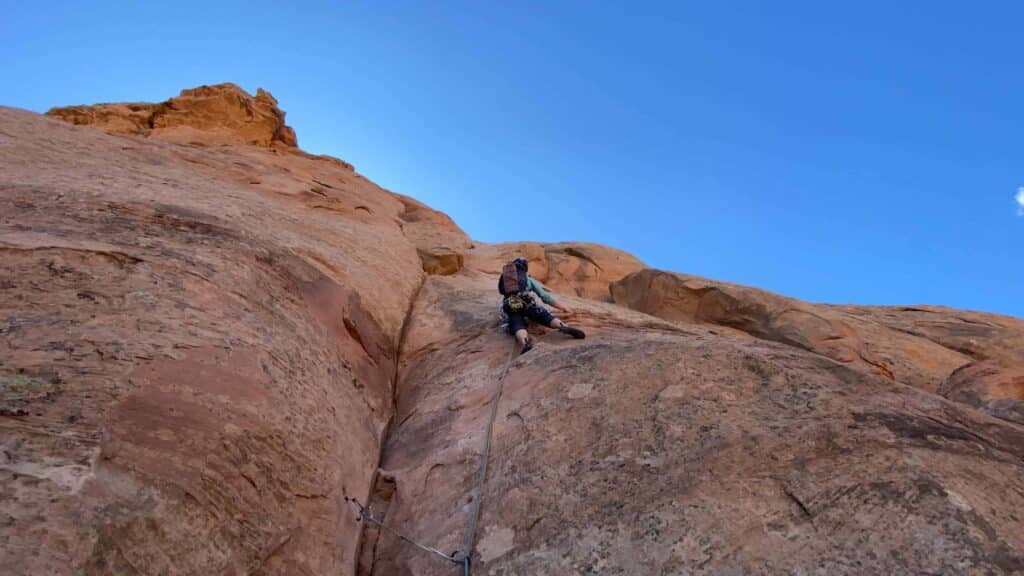
What’s your least favorite?
Meg:
Crowds at popular crags, it’s a tough one. The more people which are introduced to the sport helps it grow and yet with growth comes crowds.
Michael:
Guiding takes quite a toll on your body and realizing that I won’t be able to do this job forever is sad. Not necessarily specific to guiding but just climbing in general, seeing people get hurt or killed in the mountains is always a reality check that what we do is very dangerous. But it motivates me to train harder, keep my skills sharp, and look out for others while I’m out climbing.
What are some hard truths about guiding?
Meg:
Climate change causes a lot of uncertainty about the future of guiding and general recreation outdoors. Extreme weather events and unpredictability can contribute to increased risk in the mountains such as more falling rock and increased lighting storms and can also lead to the inability to access certain areas.
Michael:
I think the first thing is realizing that you are not getting paid to go climbing. You are getting paid to deliver an experience and you’re climbing for your guests. Working full-time as a mountain guide and trying to balance time for personal climbing can be tricky and realizing the season will have its ups and downs is all part of the game.
Jeff:
Guiding is a risky career, its risks come from the fact that we can’t completely escape it. Our profession is meant to manage the risk in a very dangerous environment and often that’s the reason guests choose to hire us. In our profession, it’s up to the guide to control themselves and their guests in this environment, and yet the hard truth is that we can still get caught.
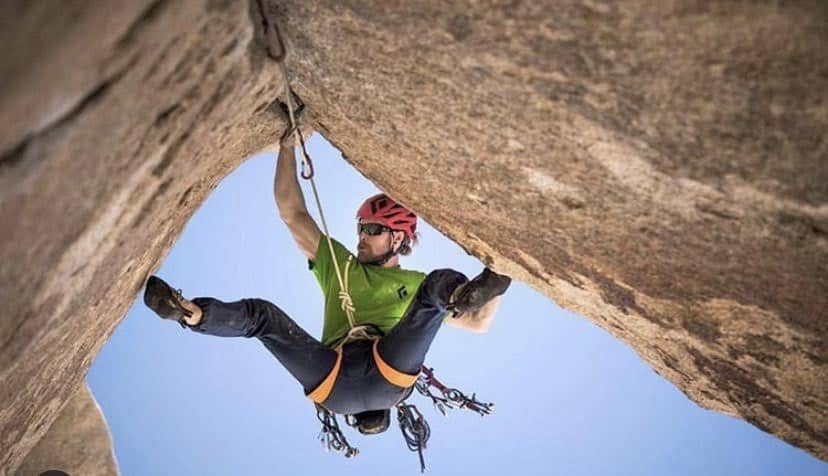
How do you see guiding evolving in the future?
Meg:
I see the industry becoming more inclusive and gear manufacturers developing higher-quality products.
Michael:
As climbing grows and more people are impacting the areas we go climbing I think unfortunately we are going to see more and more permits required to be in specific areas or climb on certain routes.
It’s already happened in a lot of areas, more recently the big walls of El Cap in Yosemite. It’s kind of a catch-22. We want more people to be interested in climbing so we have work opportunities but we don’t want the areas we go climbing to become overpopulated.
What’s something about your job most people don’t realize?
Meg:
Technical knowledge is important to create a safe environment while guiding. However, it is also important to be knowledgeable about the history, geology, ecology, and cultural intricacies of where you are working.
Michael:
Guiding still seems fringe and I don’t think most people realize how many guides are out there working and trying to make a career out of it.
I also don’t think most people know the difference between hiring a certified guide or just some random person that claims they are a guide. I also don’t think most people realize what goes into obtaining certification here in the US and how much dedication it takes to become certified.
Jeff:
The standard to be a professional in the US as a guide is generally assumed by the guide themselves. They take on most of the responsibility to better themselves where in most cases it’s not truly required to work. This is changing but is still pervasive at this time.
And with this thought, it takes a lot of time and effort to go through the professional training process. The American Mountain Guides Association is currently the best option for obtaining this training. Each discipline of which there are three, Rock, Alpine, and Ski, has a course component, aspirant component, exam component, medical component, and other terrain-specific educational components.
To become a certified guide in one of these disciplines is much like obtaining your master’s degree. It takes years and there is no guarantee that even if the guide wanted to become certified that they could. I do not think people understand what to look for in hiring a guide and the differences in the experiences they may receive.
Read our blog: 5 Beginner Tips To Become An Outdoor Adventure Guide
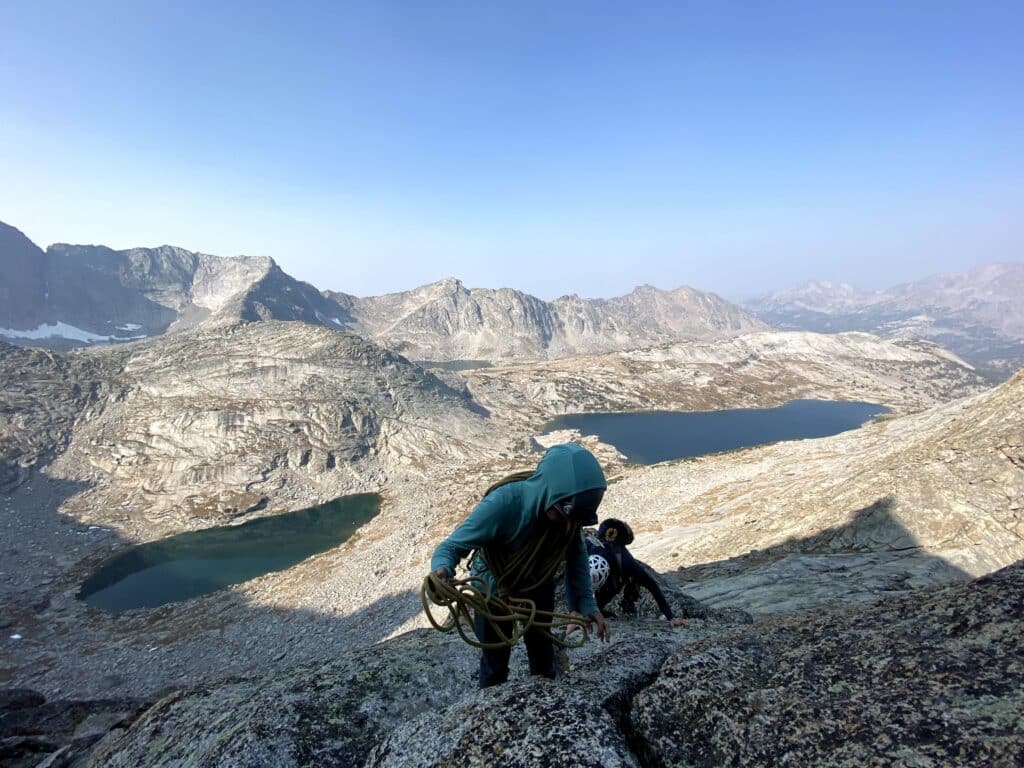
About Smile Mountain Guides:
Smile Mountain Guides is a small but vibrant guiding service based in the Colorado Front Range, specializing in custom climbing experiences that educate and inspire!
They host trips and courses that aim to show you the outdoors, then continually engage your interests as a lifelong learner of the sport.
Not only are they some of the best teachers in the business, but they’re also all fun-loving outdoor enthusiasts who are psyched to share their passions with you, from your first climbing experience to your long-term climbing goals of the future!
SMG guides aim to find the sweet spot of challenge where you can experience the true spirit of climbing: Passion, Creativity, Perseverance, and Partnership!

